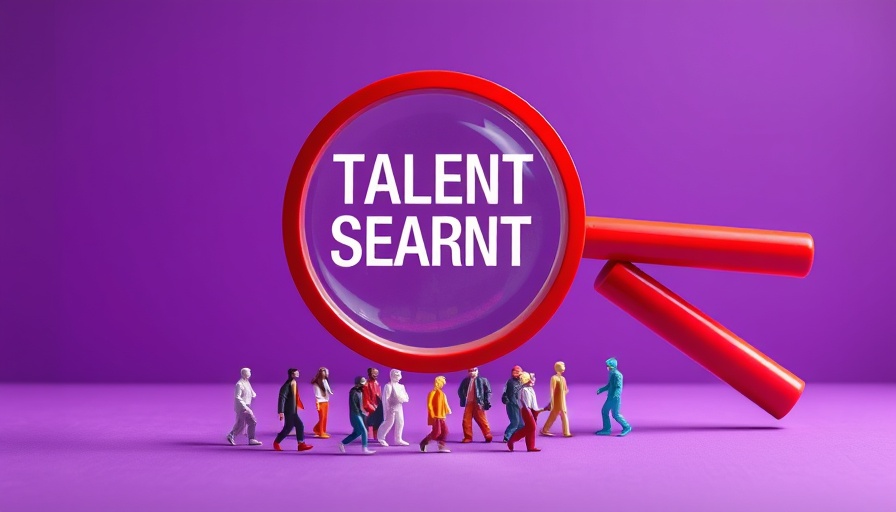
Unveiling the Hidden Talent: A Path Forward for Leaders
The tech talent shortage looms large over many organizations, causing frustration for leaders striving to remain competitive. In a rapidly evolving marketplace, where areas like AI, cybersecurity, and data analysis dictate the pace of innovation, the challenge lies not just in finding new candidates but in identifying and nurturing the talent that already exists within a company's ranks. By inspecting their internal talent pools, leaders can save time, cut costs, and provide career advancement opportunities for their employees.
Understanding the Talent Landscape
As highlighted in recent surveys, including an IDC report, a staggering 90% of organizations are predicted to experience significant skills shortages, potentially costing over $5 trillion in delayed and missed opportunities by 2026. This stark reality underlines the pressing need for a strategy that embraces internal talent cultivation.
Up-skilling and orientation toward mentoring must be part of the broader narrative that leaders weave into their talent management strategies. By implementing robust internal programs, employees can engage with roles outside their immediate expertise, fueling curiosity and growth.
The Power of Skills Matrix and Mobility Programs
According to Maatia Rickard from Black Duck, a skills matrix is an essential tool in pinpointing the capabilities and untapped potential within teams. This powerful framework helps visualize where existing skills align and diverge, making it easier to identify areas for growth that employees might not have disclosed yet. Coupled with mobility programs that allow employees to dip their toes into different roles, organizations can create an environment ripe for discovering hidden tech talent.
For instance, short-term rotations or shadowing opportunities can help workers explore their interests without the pressure of a long-term commitment. This not only uncovers latent tech skills but can also foster a culture of innovation where employees feel empowered to learn.
Emphasizing Communication
In addition to structured skill assessments, leaders must promote transparent communications channels. Encouraging employees to express their aspirations and interests can lead to significant discoveries regarding untapped skills. Amanda Finch from the Chartered Institute emphasizes that the collective insight gathered from open discussions can be a goldmine for unearthing hidden tech talent.
When workers understand that their interests can be aligned with the organization’s goals, they become more engaged and motivated. This mutual growth creates a symbiotic relationship that reinforces loyalty and drives organizational success.
Practical Insights for Implementation
To harness the untapped talent within their organizations, leaders should consider these actionable insights:
- Create an Internal Skills Inventory: Regularly update a skills matrix to reflect the current competencies within the organization.
- Implement Mobility Programs: Offer rotations and shadowing opportunities to encourage skill enhancement.
- Enhance Communication: Foster an open dialogue that invites employees to share their aspirations and interests.
Each of these steps can contribute to a more substantial internal talent pool that is not only skillful but also aligned with the company’s evolving needs. This proactive approach is essential, especially in times of resource scarcity.
Looking Ahead: The Future of Tech Talent Management
As the business world continues to embrace technological advancements, understanding how to cultivate talent internally will be vital. Organizations that leverage existing resources by fostering talent development will not only survive the tech talent shortage – they will thrive.
By taking the initiative to uncover hidden skills and investing in employee growth, leaders can create a dynamic workforce ready to meet the demands of tomorrow’s challenges. It’s time for leaders to become the architects of their own talent strategy, empowering individuals to harness their potential and contribute to collective success.
In a competitive landscape, the greatest advantage lies in recognizing the capabilities of the workforce already within reach. How will your organization unlock its hidden potential?
 Add Row
Add Row  Add
Add 




Write A Comment